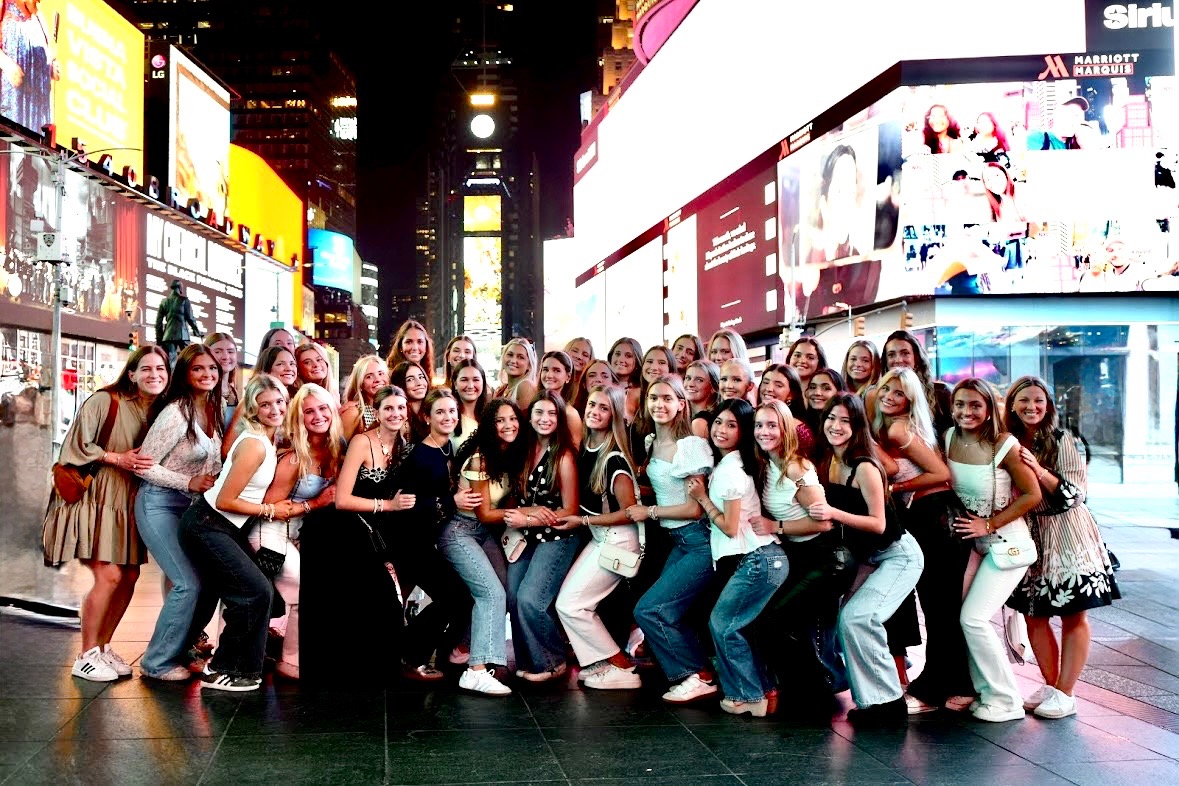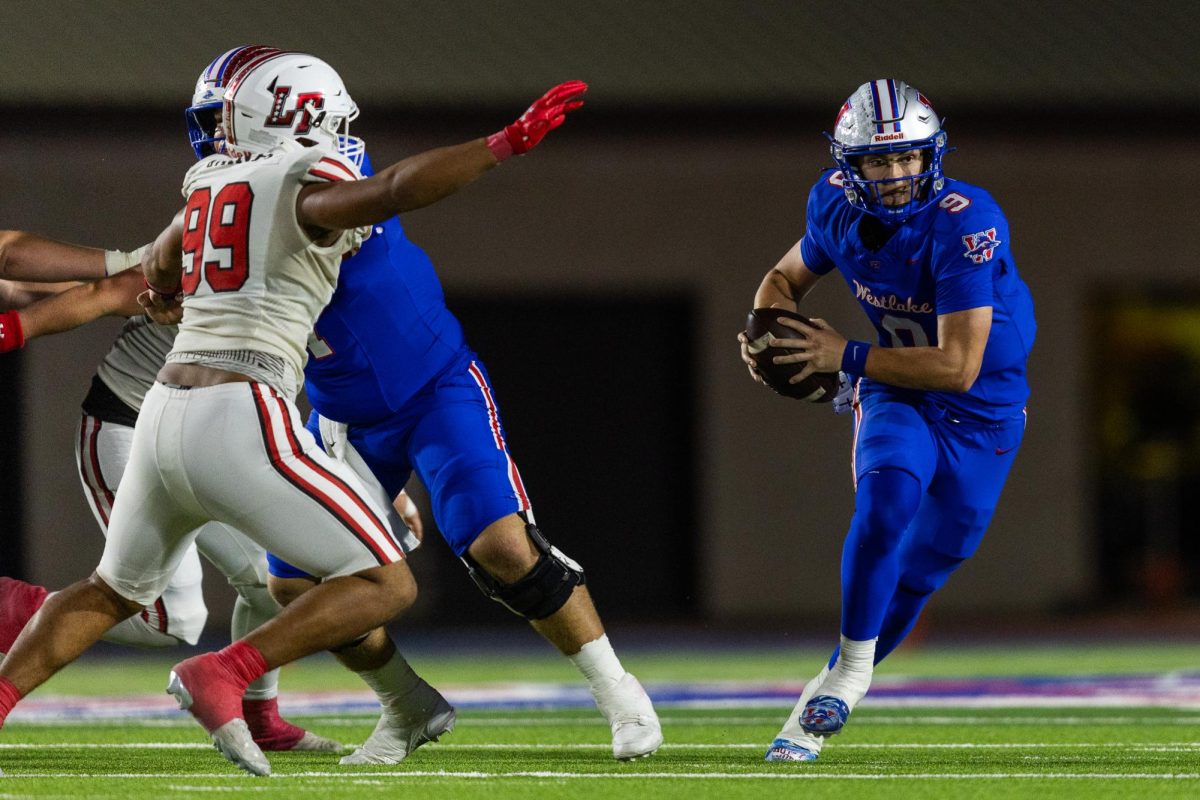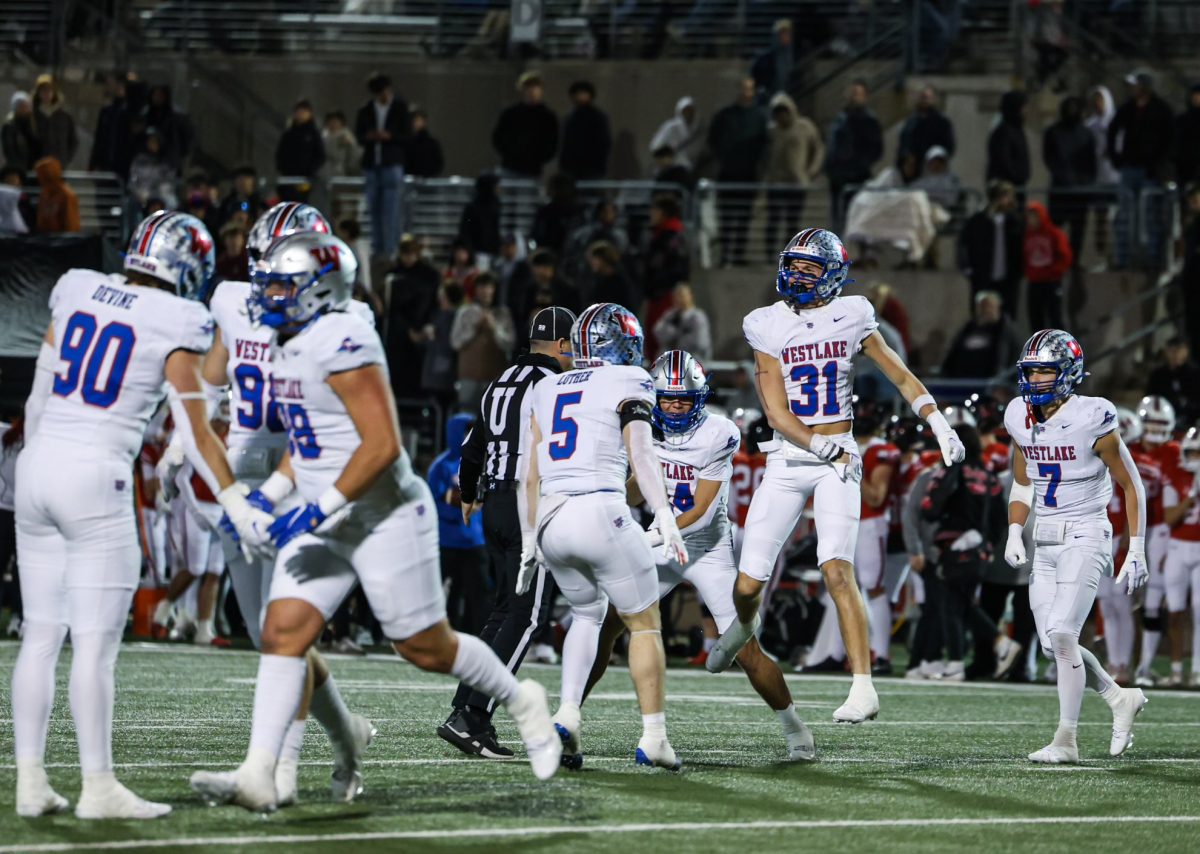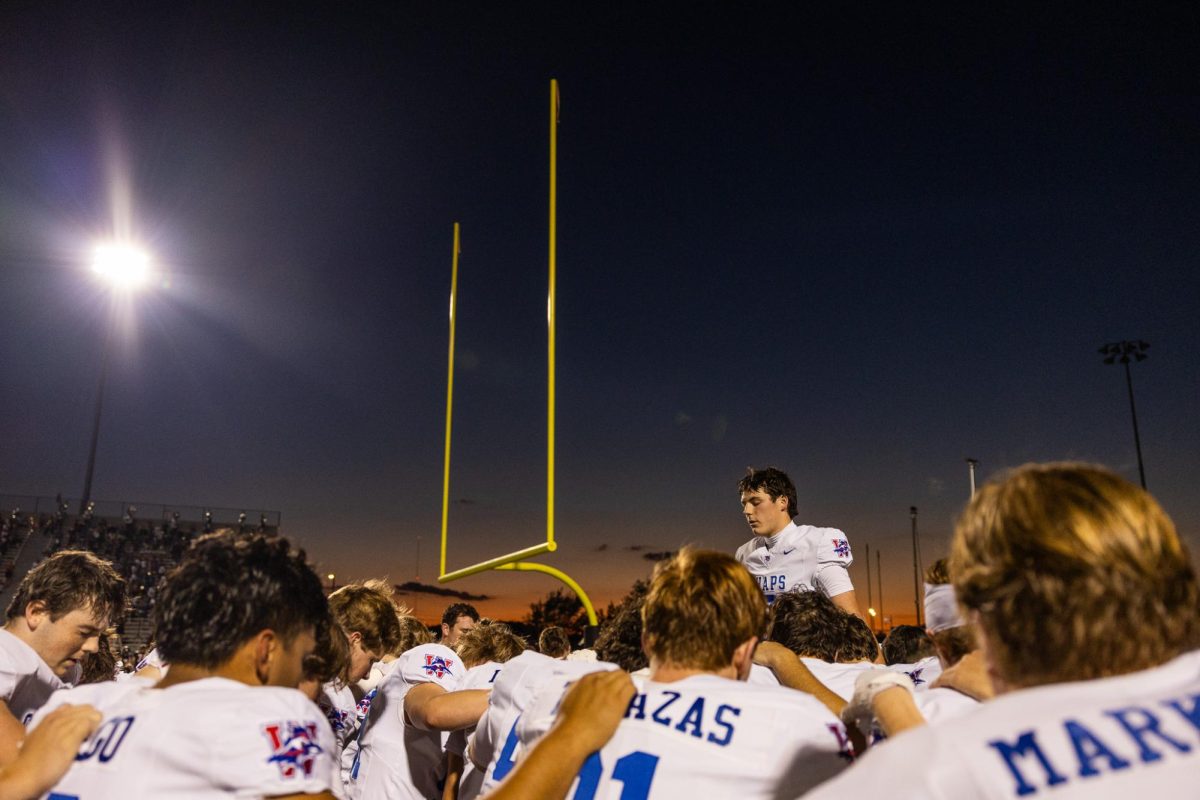House Bill 1481 was signed into law by Texas Governor Greg Abbott June 20, officially enforcing the ban of cell phones and other (personal or non-school issued) electronic devices in Texas high schools. Just a few weeks into the ban, which went into effect at Westlake Sept. 1, the school admin is now navigating the uncharted waters.
“We’re always going to do what we need to do,” Principal Steve Ramsey said. “And so far, what I’ve seen is that staff and students are pretty much following the expectations and doing a good job with it.”
The enforcement follows a progressive discipline system: teachers email parents after the first offense, assistant principals call home after the second and lunch detention or parent pickup is enforced after repeat violations. This not only applies to phones, but to anything labeled as a “personal communication device,” such as laptops, tablets and Apple Watches. Each time a student violates the policy, they get a certain punishment which is sent to the APs.
“It kind of resets per class, but the assistant principals all would get a list, so they keep their own spreadsheet,” Ramsey said. “If one person does it seven times in a day, they know that person’s done it seven times.”
The law leaves it to school districts to enforce the bans how they want. Unlike some other districts that are requiring students to turn their phones into the office at the beginning of the day, the Eanes school board has decided to allow phones to remain in student backpacks, allowing for “more flexibility in any kind of situation,” Ramsey said.
Some educators have been experimenting with in-class phone bans prior to the law. Chemistry Teacher Denise DeMartino implemented the phone pouches in the chemistry classrooms last year and noticed immediate improvements.
“Once we started doing that, the engagement of students increased,” DeMartino said. “They really started to engage with each other more, the group work was much more locked in because they didn’t have that distraction.”
Some teachers never saw a problem during their classes. However, they believe that the ban has allowed students to increase their socialization, leading them to interact with their peers more outside of the classroom.
“When I see you guys interact at lunch and I see you interact in the hallway, it makes a ton of difference,” French teacher Coralie Claudel said. “I feel like you’re more typical teenagers than really the kind of phone and screen addicted students that I would see normally.”
But, enforcing the new policy hasn’t been without challenges. Teachers are struggling to enforce the policy to their “around 3000” students on top of their other responsibilities.
“I think it’s very unrealistic to enforce the ban campus-wide,” DeMartino said. “If I were writing the law, I would have said that it’s during academic classes.”
Early feedback suggests that the policy may be achieving its goals. Some students have reported finding themselves more focused without the constant pull of notifications and social media.
“Some of the feedback I’ve gotten from students is, ‘Hey, I didn’t know how much time I was maybe on my phone, even between classes or at lunch, and now I don’t necessarily have that,'” Ramsey said. “I heard from lots of juniors and some seniors that ‘I’m more locked in.'”
As the school year progresses, administrators are remaining optimistic while acknowledging that they are still learning to manage the new personal device policies. At this point the long-term effects on academic performance, student well-being and campus culture remain to be seen.
“That’s what we do around here,” Ramsey said. “We make the best of new parameters.”




